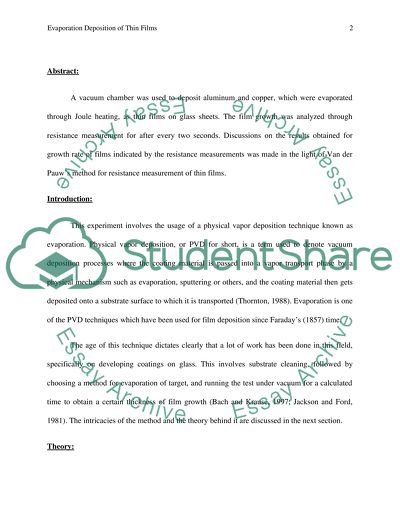Cite this document
(“Thin film lab Essay Example | Topics and Well Written Essays - 1750 words”, n.d.)
Retrieved from https://studentshare.org/environmental-studies/1416291-thin-film-lab
Retrieved from https://studentshare.org/environmental-studies/1416291-thin-film-lab
(Thin Film Lab Essay Example | Topics and Well Written Essays - 1750 Words)
https://studentshare.org/environmental-studies/1416291-thin-film-lab.
https://studentshare.org/environmental-studies/1416291-thin-film-lab.
“Thin Film Lab Essay Example | Topics and Well Written Essays - 1750 Words”, n.d. https://studentshare.org/environmental-studies/1416291-thin-film-lab.


